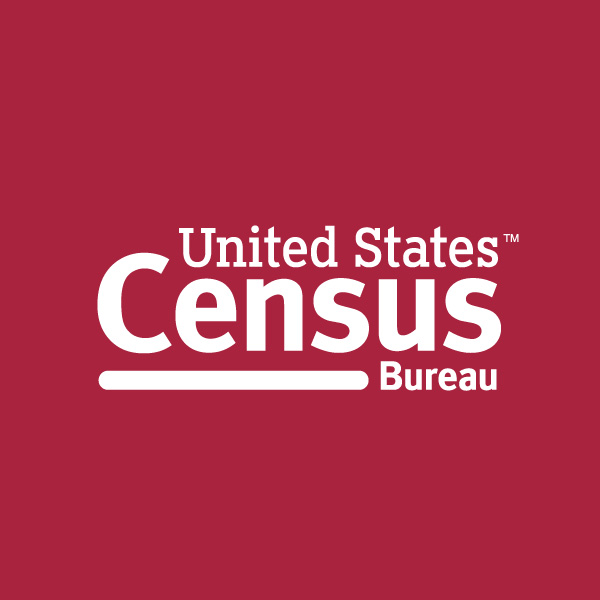Thomas Jefferson led the first census in 1790. The federal government wanted to know the name of the head of each family and basic information about the household.
It's much more complicated now, and there's a lot more at stake — $400 billion annually.
The federal government uses census data to direct funds to state and local governments to improve infrastructure and provide public services. That means this once-every-10-years endeavor to count every United States resident has real implications for cities and towns. Local governments are in a unique position to encourage participation.
The U.S. Constitution mandates the process, which determines the number of seats South Carolina and every other state has in the U.S. House of Representatives. With each new round of the census, officials collect information about changing demographics.
The 2020 Census will require counting approximately 330 million people in more than 140 million housing units nationally. This means the U.S. Census Bureau must create an address list of every housing unit, maximize the response rate, and follow up with those who do not respond.
Q and A with Lisa Blumerman, associate director for decennial census programs for the U.S. Census Bureau
Why is it important for cities and towns to have accurate census data?
"Accurate data reflecting changes in your community are crucial in apportioning seats in the U.S. House of Representatives and deciding how hundreds of billions of dollars in federal funds per year is allocated for projects like new hospitals, roads, schools, public safety and other critical infrastructure investments.
Businesses use census data to decide where to build factories, offices and stores. Developers use the census to decide where to build new homes. Local governments use the census for public safety and emergency preparedness. Residents use the census to support community initiatives involving legislation, quality-of-life and consumer advocacy."
What role can city and town leaders play in encouraging residents to participate in the Census?
"As we approach 2020, the Census Bureau wants to ensure that everyone is counted. In doing this, the Partnership Program plays a critical role in ensuring that everyone is counted once, only once, and in the right place.
Developing partnerships with tribal, state and local governments; community-based organizations; faith-based groups; schools; businesses; the media; and others, we can reach our shared goal of counting all residents in the 2020 Census. By being informed about the census process, residents are more likely to respond to the census questionnaire. As a trusted voice in the community, local leaders can encourage the residents of the community to respond to the 2020 Census.
In 2019, local leaders can get involved in the Complete Count Committee program to help ensure a complete and accurate count. Additionally, local leaders can facilitate preparations for 2020 by participating in the Census Geographic Partnership Programs designed to ensure the accuracy of tabulations for the Census. These include programs designed to update the legal boundaries and addresses for cities and towns."
A representative from the U.S. Census Bureau will provide more information at 2 p.m., July 20, during the 2017 Annual Meeting session, "Making the 2020 Census Count."

